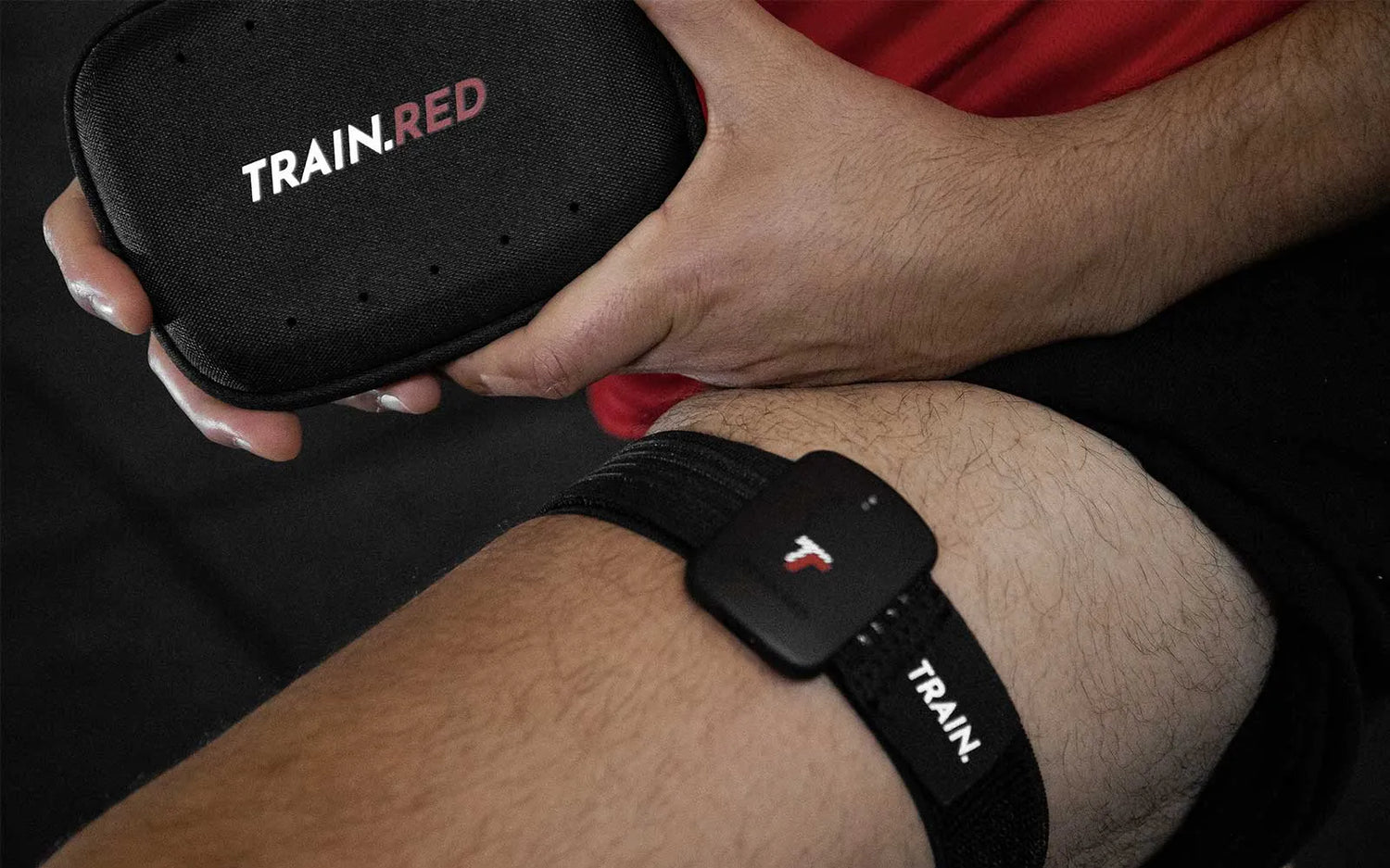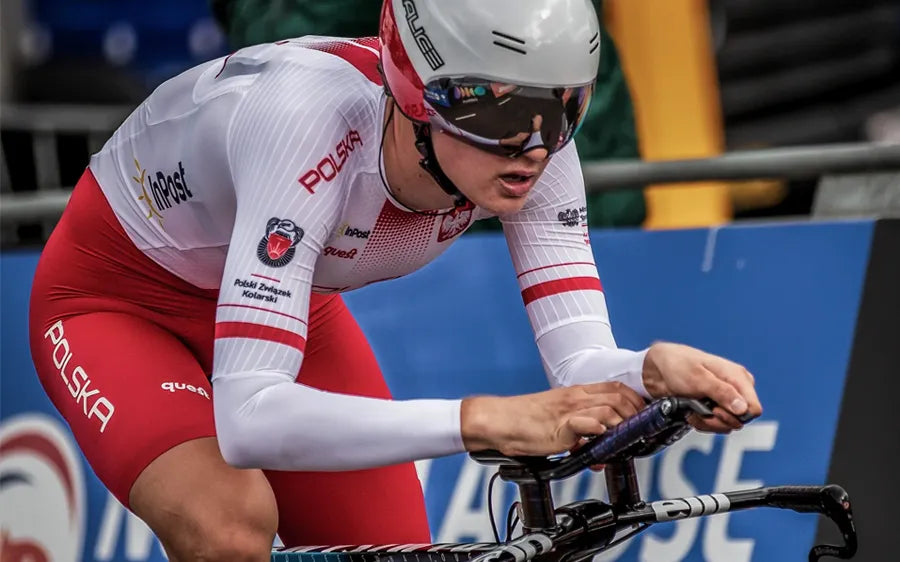Muscle contractions are fundamentally influenced by oxygen. Whether you're a professional athlete or just someone who likes to stay active, knowing how oxygen affects muscle function will help you perform better in sports. In this blog, we'll look into how muscle oxygen sensors like the PLUS and FYER revolutionize your peak performance and examine the critical role that oxygen plays in muscle contraction.
The Role of Oxygen in Muscle Contraction
The Basics of Muscle Contraction
Before we dive into the oxygen-muscle connection, let's briefly review how muscles work. Muscles consist of millions of individual muscle fibers. When you decide to move a muscle, your brain sends signals to these fibers, triggering them to contract. This contraction generates force, allowing you to perform actions like lifting weights, running, or even typing on a keyboard.
Oxygen as the Power Source
Now, let's get to the heart of the matter: oxygen's role in muscle contraction. When a muscle contracts, it needs energy to perform the action. This energy is primarily derived from a molecule called adenosine triphosphate (ATP). Oxygen is crucial for the production of ATP through a process called aerobic metabolism. Without sufficient oxygen, muscles rely on less efficient anaerobic pathways, leading to the buildup of lactic acid, fatigue, and reduced performance.
The Importance of Muscle Oxygen Sensors
What Are Muscle Oxygen Sensors?
Muscle oxygen sensors, also known as near-infrared spectroscopy (NIRS) devices, are innovative tools used to monitor oxygen levels in muscles during physical activity. These sensors employ non-invasive technology, often in the form of wearable devices, to provide real-time data on muscle oxygenation. There's different options, you can compare them here (LINK TO COMPARE).
How Do Muscle Oxygen Sensors Work?
Muscle oxygen sensors work by emitting near-infrared light into the muscle tissue. This light is absorbed by oxygenated and deoxygenated hemoglobin in the blood, allowing the sensor to calculate oxygen saturation levels. This data provides valuable insights into how well your muscles are receiving and utilizing oxygen during exercise. Luckily our app helps to translate this data into user-friendly and easy-to-understand features.
Will you join the revolution?
In the realm of sports and physical performance, understanding the role of oxygen in muscle contraction is paramount. It's the difference between hitting the wall and breaking through it. With the assistance of muscle oxygen sensors, athletes can fine-tune their training regimens, optimize their oxygen utilization, and ultimately reach their full potential. So, whether you're a professional athlete or a weekend warrior, harness the power of oxygen to elevate your athletic journey to new heights.
Frequently Asked Questions
Q: Why is oxygen important for muscle function?
A: Oxygen is vital for muscle function because it enables the efficient production of ATP, the energy currency of muscles. Without oxygen, muscles resort to anaerobic processes, leading to fatigue and reduced performance.
Q: How can muscle oxygen sensors benefit athletes?
A: Muscle oxygen sensors help athletes optimize their training by providing real-time feedback on muscle oxygenation. This information allows athletes to adjust their intensity and pacing to enhance performance and prevent overexertion.
Q: Are muscle oxygen sensors suitable for all sports?
A: Yes, muscle oxygen sensors can benefit athletes in various sports, including running, cycling, swimming, and team sports. They offer valuable data for both endurance and strength-focused activities.
Q: Are muscle oxygen sensors safe to use?
A: Muscle oxygen sensors are non-invasive and safe to use. They do not involve needles or any painful procedures, making them suitable for athletes of all levels.



